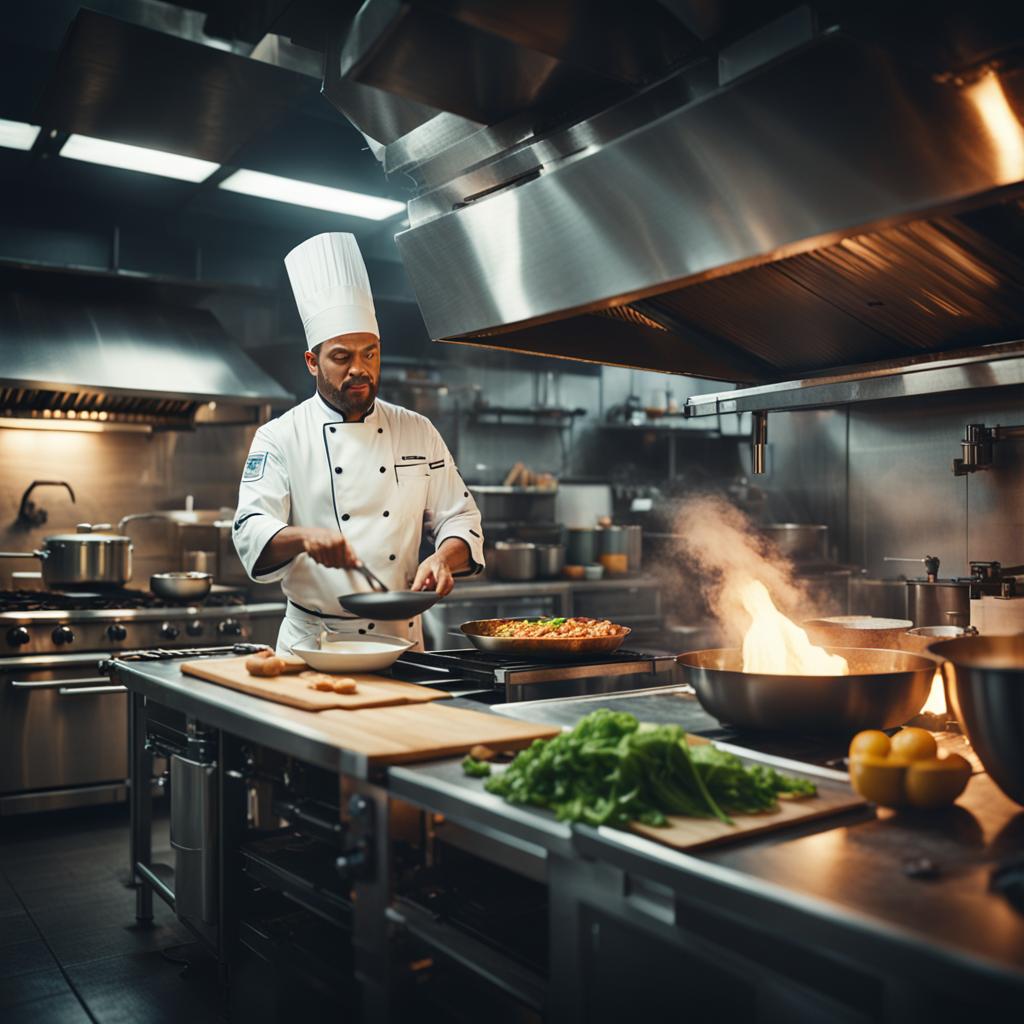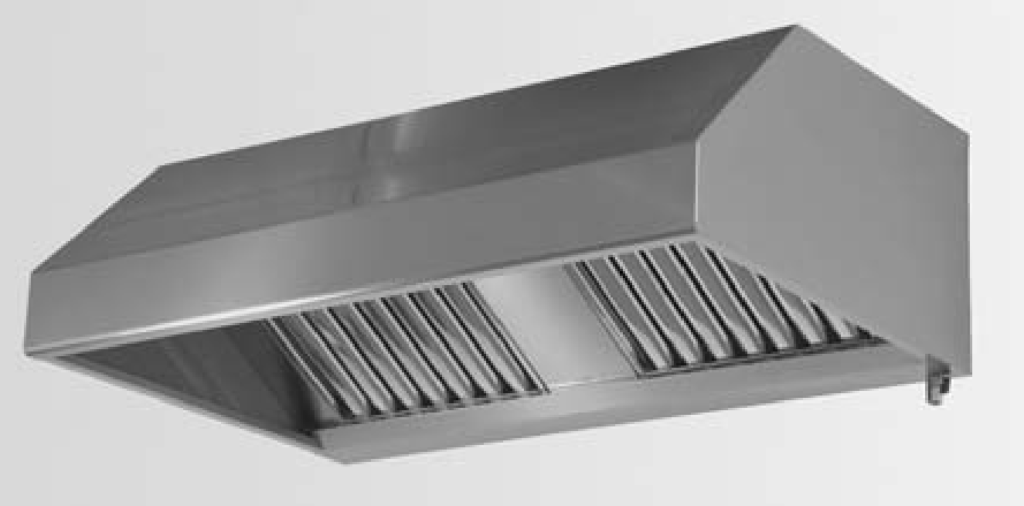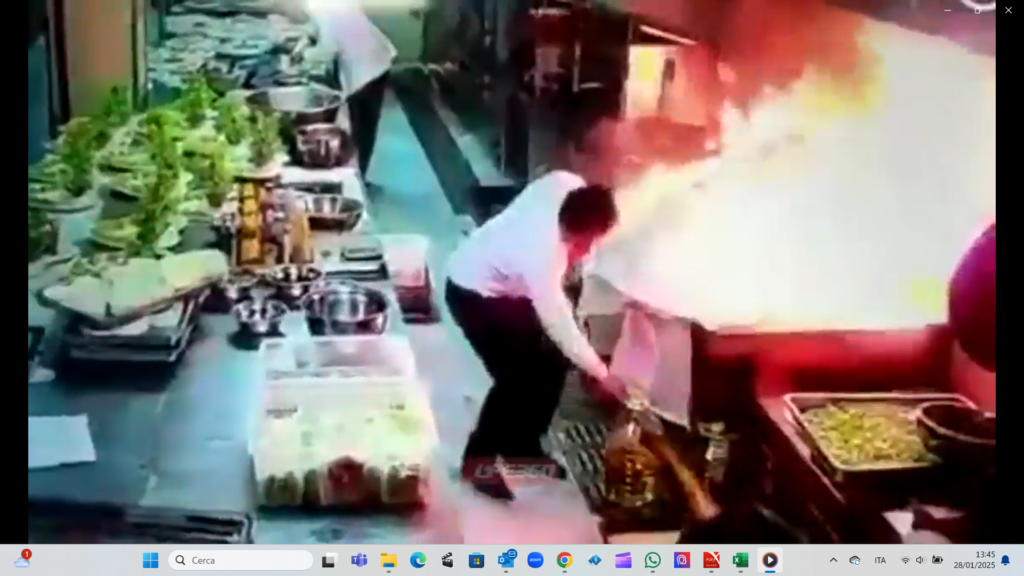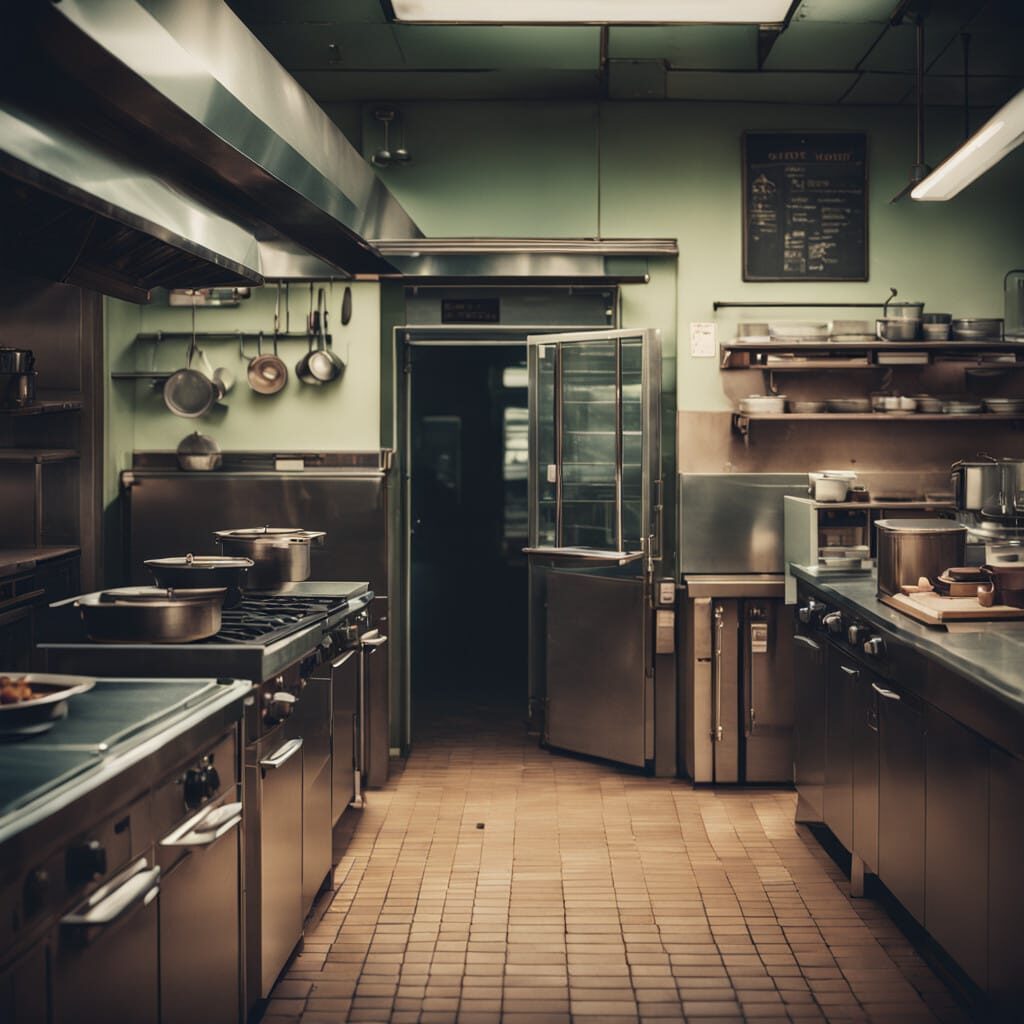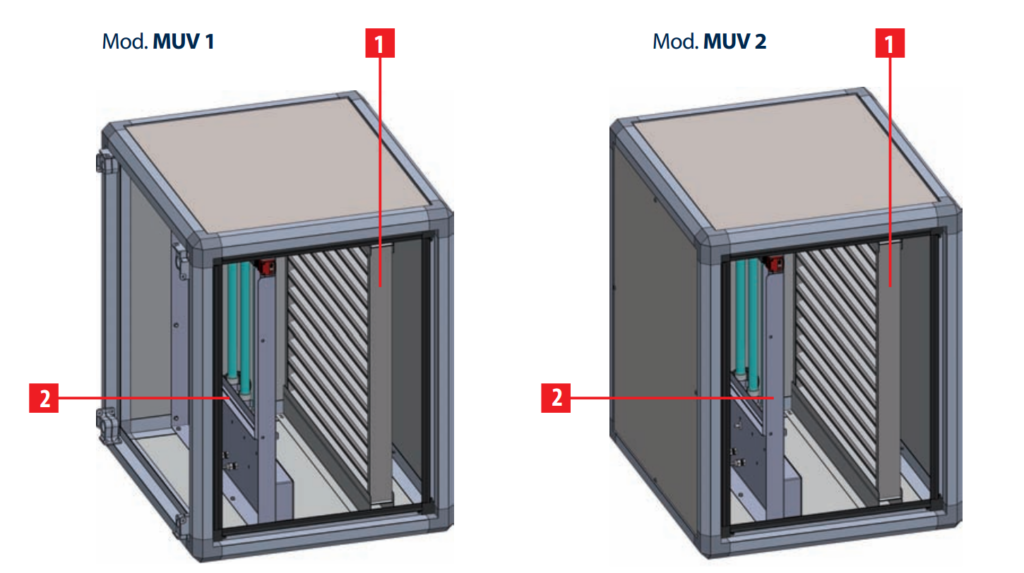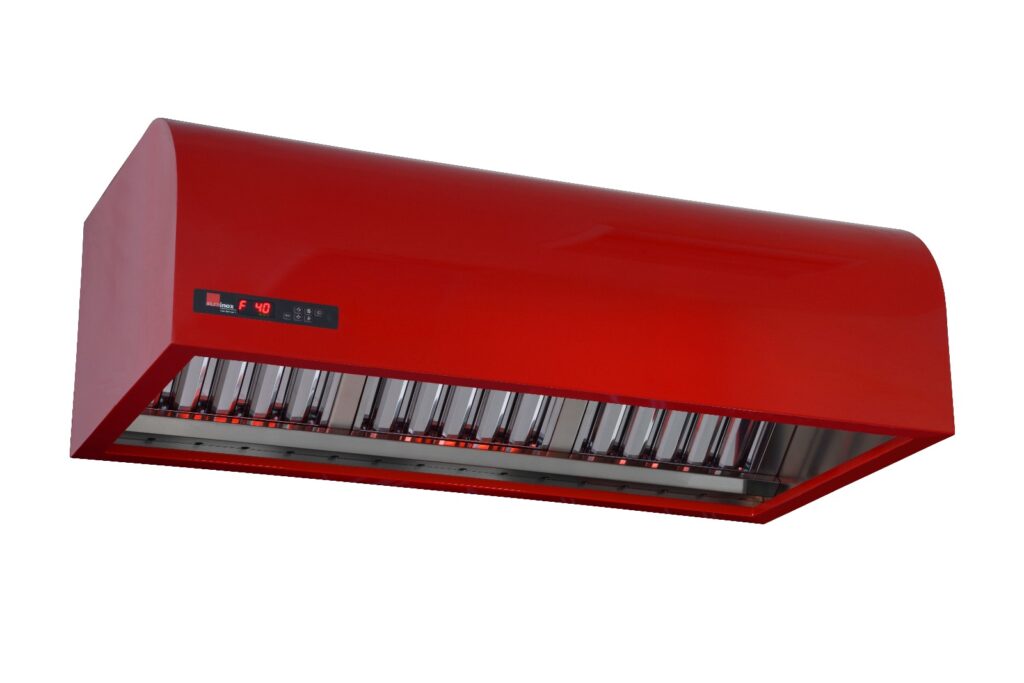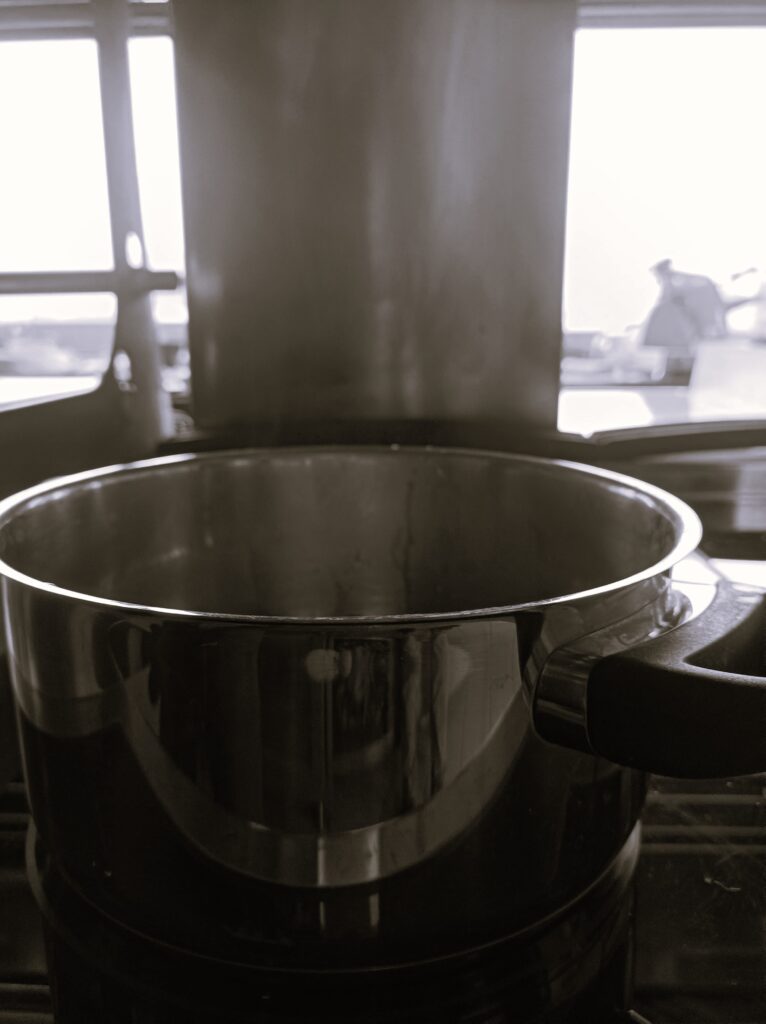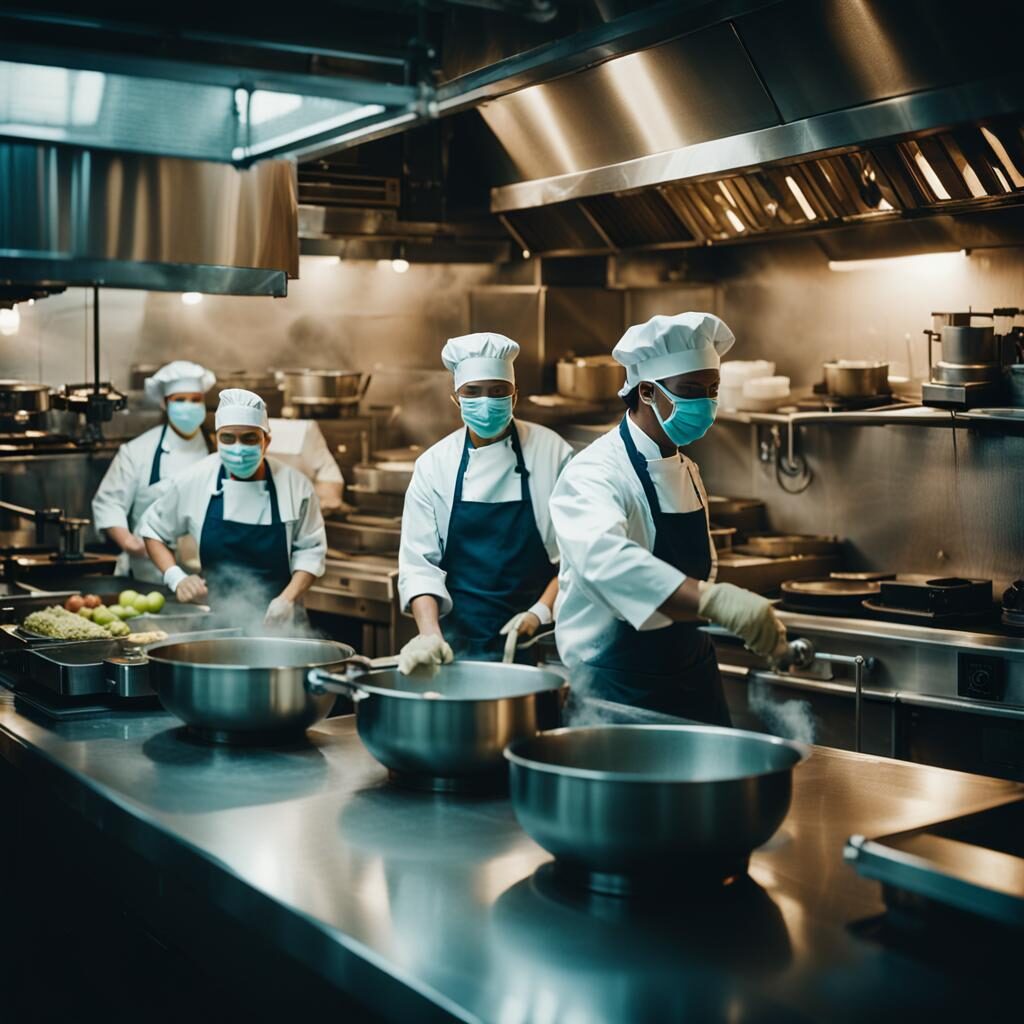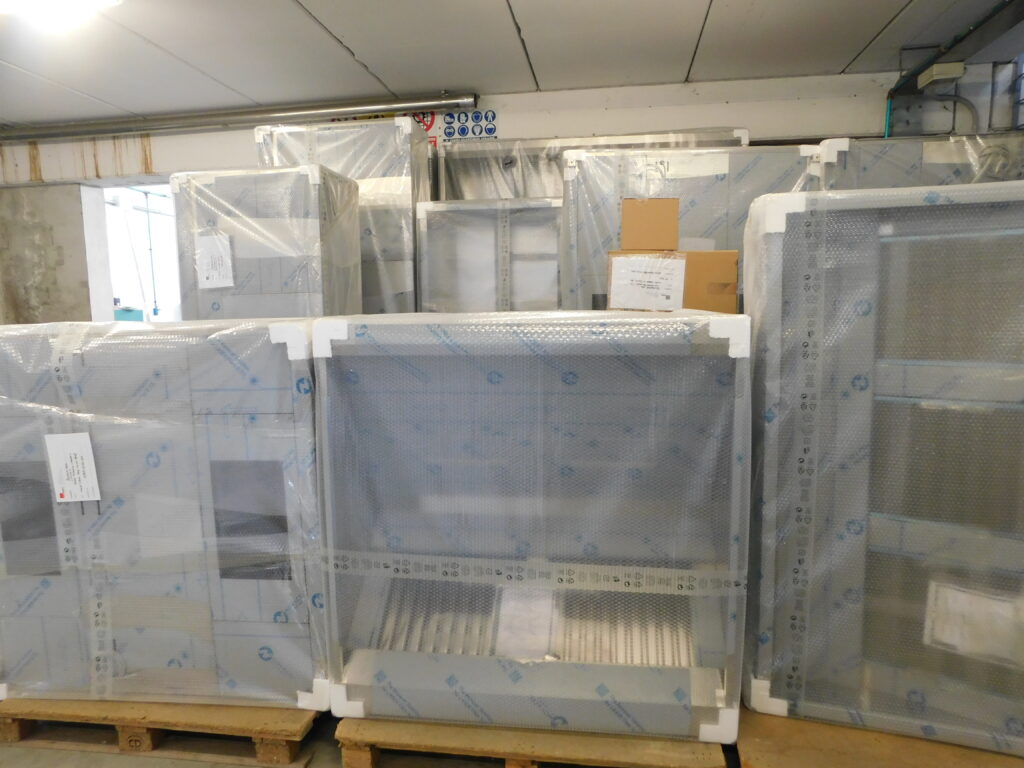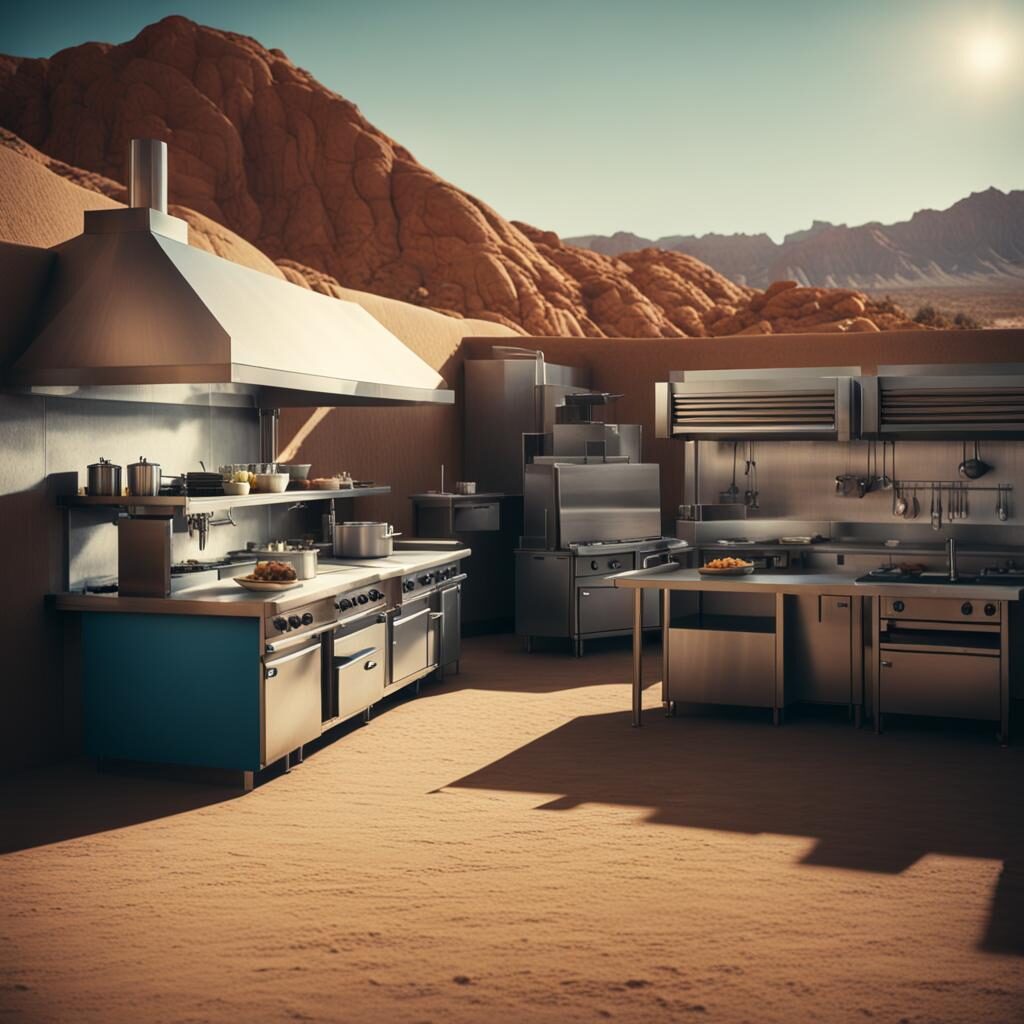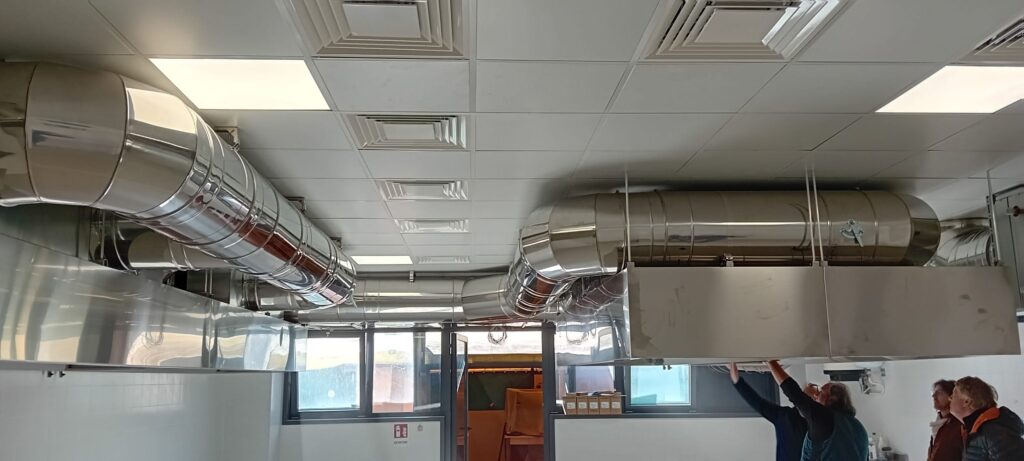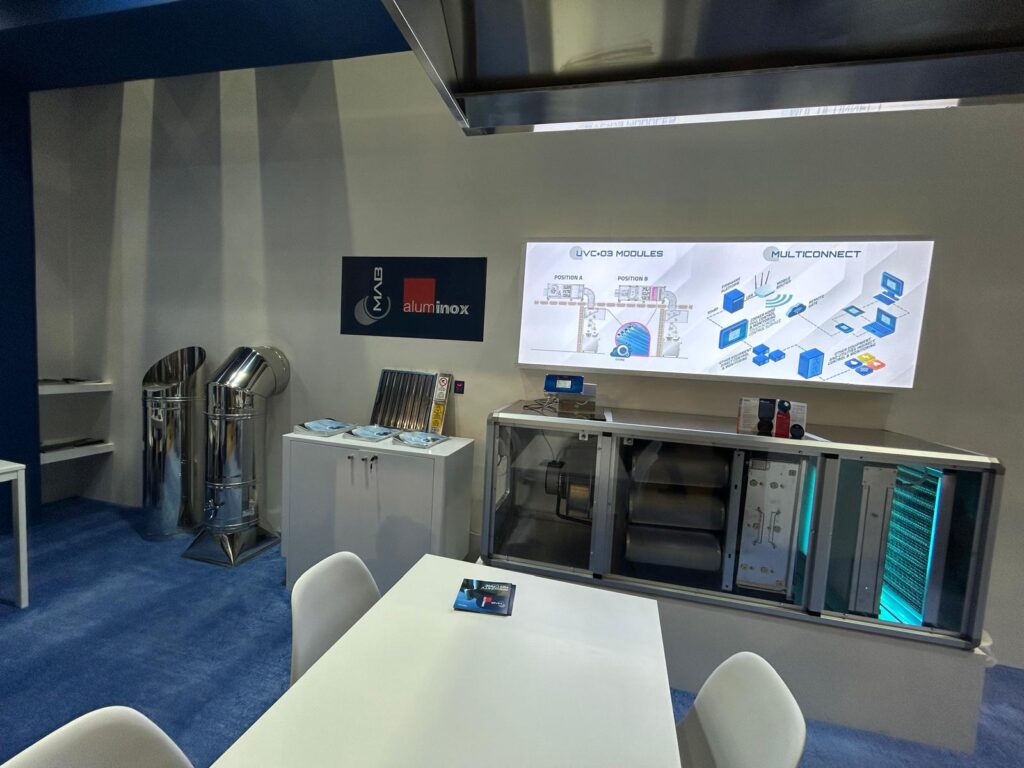We have already talked extensively about how difficult it is to make calculations on the airflow in professional kitchens. And how these always leave a wide margin of approximation.
However, a decidedly less complicated and still quite reliable way is to group cooking equipment by classes.
These are classified based on their thermal plume: how much heat they give off and at what speed their “plumes” move from the cooking surface towards the filters (1).
Setting the suction too mildly risks not generating any air exchange, nor maintaining the temperature at an acceptable level.
“An excessive airflow rate, however, will result in a large initial investment and operating costs of the exhaust system, as well as the heat and cold loads of makeup air systems” (2).
Let’s see what the categories of cooking tools are, classified as follows by “The International Mechanical Code (IMC)”: a publication establishing guidelines in the US Market for the design, installation, and maintenance of heating, ventilation, air conditioning (HVAC), refrigeration systems, and other mechanical systems (3).
Extra Heavy-Duty cooking appliance: includes appliances utilizing solid fuel such as wood, charcoal, briquettes, and mesquite to provide all or part of the heat source for cooking.
Heavy-duty cooking appliance: includes electric under-fired broilers, electric chain (conveyor) broilers, gas under-fired broilers, gas chain (conveyor) broilers, gas open-burner ranges (with or without oven), Electric and gas wok ranges, and electric and gas over-fired (upright) broilers and salamanders.
Medium-Duty Cooking Appliance: includes electric discrete element ranges (with or without oven), electric and gas hot-top ranges, electric and gas griddles, electric and gas double-sided griddles, electric and gas fryers,(including open deep fat fryers, doughnut fryers, kettle fryers, and pressure fryers), electric and gas pasta cookers, electric and gas conveyor pizza ovens, electric and gas tilting skillets (braising pans) and electric and gas rotisseries
Light-Duty Cooking Appliance: Includes gas and electric ovens (including standard, bake, roasting, revolving, retherm, convection, combination convection/steamer, conveyor, deck or deck style pizza, and pastry), electric and gas steam-jacketed kettles, electric and gas compartment steamers ( both pressure and atmospheric) and electric, and gas cheese-melters.
Please note: this is not a formula per se, but rather a quick way to approximate a realistic calculation.
However, it is always necessary to take into account the size of the kitchen, other potential sources of air exchange (doors and windows), as well as the layout of the machines themselves.
For any more info, get in touch with a good technician.
And rely on Aluminox for your extractor hoods!

 Italiano
Italiano
